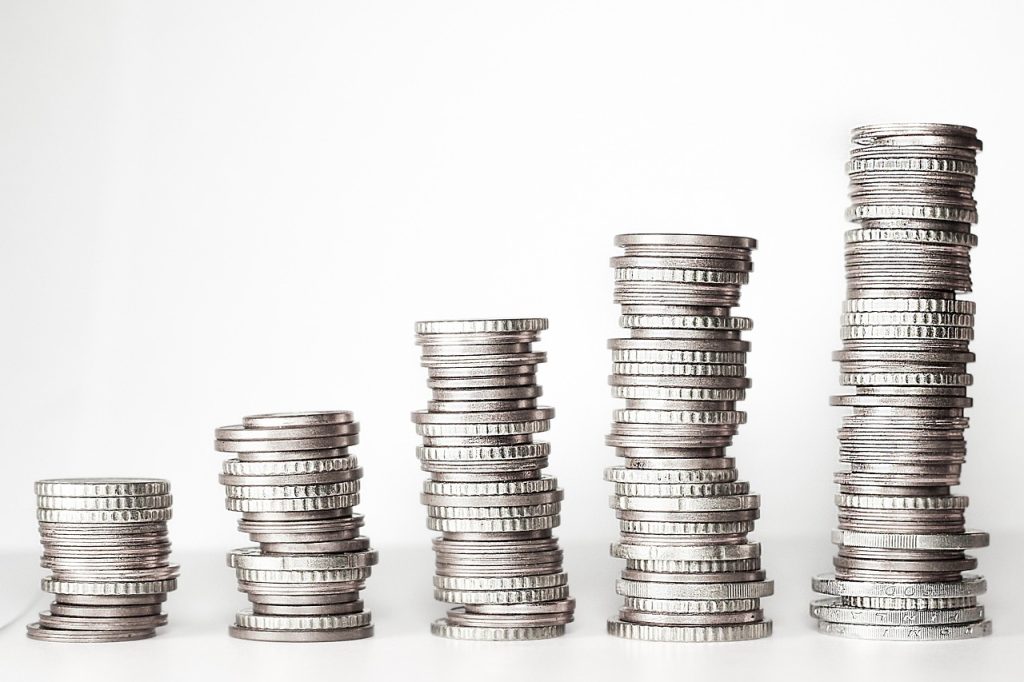moneyduvet.com
Compound Interest Explained UK 2025: Simple Examples That Grow Wealth Fast


Compound Interest Explained UK 2025: Simple Examples That Grow Wealth Fast
Table of Contents
Compound Interest Explained UK 2025: Simple Examples That Grow Wealth Fast
Compound Interest Explained UK 2025 is one of the most important concepts for anyone learning about money. If you’re a beginner in the UK looking for ways to grow your savings, investments, or pension, you must understand compounding. Why? Because it’s the difference between your money working for you — or standing still while inflation eats away at its value.
This guide explains what compound interest is, why it matters in 2025, and how to use it to grow wealth. We’ll break it down with examples, step-by-step calculations, growth tables, a case study of a UK saver versus a non-saver, and practical applications in savings accounts, ISAs, and pensions.
Disclaimer: This content is for education, not financial advice. Always check official documents and seek professional advice for your personal circumstances.
What is compound interest?
To illustrate, at its simplest, compound interest means earning interest on your interest. Instead of receiving interest only on the money you put in (your principal), you also earn on the interest that has already been added. Beyond that, over time, this snowball effect can turn small amounts into surprisingly large sums.
In 2025, when savings rates are higher than they were for much of the 2010s, understanding compound interest is especially powerful for UK beginners.
Compound interest vs simple interest
Simple interest: You only earn interest on your initial deposit.
Compound interest: You earn interest on your initial deposit and on the interest that builds up.
Quick example
£1,000 at 5% simple interest for 3 years = £1,150 (because £50 × 3).
£1,000 at 5% compound interest for 3 years = £1,157.63 (because each year you earn on the growing total).
Understandably, it may look like a small difference at first, but the longer you leave money to compound, the more dramatic the gap becomes.
The formula for compound interest
The general formula is:
A = P × (1 + r/n)^(n × t)
Where:
A = the final amount
P = the principal (your starting money)
r = the annual interest rate (as a decimal)
n = the number of compounding periods per year
t = the number of years
Example using the formula
You invest £1,000 at 5% interest, compounded annually (n = 1), for 10 years.
A = 1000 × (1 + 0.05/1)^(1 × 10)
A = 1000 × (1.05)^10
A = £1,628.89
So essentially, after 10 years, your £1,000 grows to about £1,629.
Worked examples for UK beginners
Example 1: £1,000 in a savings account
Rate: 5% AER (compounded annually)
Time: 5, 10, and 20 years
| Years | Balance (£) |
|---|---|
| 0 | 1,000 |
| 5 | 1,276 |
| 10 | 1,629 |
| 20 | 2,653 |
Consequently, even at a modest 5% rate, the £1,000 nearly triples in 20 years.
Example 2: Monthly contributions
If you add £100 per month into an ISA at 5% AER for 20 years:
Total contributions: £24,000
Final value: ~£40,745
Growth from compounding: ~£16,745 extra on top of what you put in
Example 3: Pension savings
A 25-year-old contributing £200/month into a pension that grows at 6% annually until age 65:
Contributions: £96,000
Final value: ~£398,000
To put it simply, that’s the power of long-term compounding.
Why compound interest matters in 2025
Higher savings rates
With Bank of England base rates still elevated, many savings accounts and ISAs in 2025 offer 4–5%. What’s more, this means beginners can finally see compound interest work without needing risky investments.
Inflation pressure
Naturally, inflation still sits higher than the Bank’s target. Safe investments protect capital, however, compounding helps your money fight inflation better than leaving it idle.
Digital platforms
Apps and online banks now make it easy to track balances, see projections, and calculate compound growth.
Case study: UK saver vs non-saver
Sophie (saver):
Age 25, starts saving £200/month in a Stocks & Shares ISA with average 6% growth.
At age 45 (20 years later), she has ~£92,000.
James (non-saver):
Waits until age 35 to start.
Saves the same £200/month at 6% for 10 years.
At age 45, he has only ~£33,000.
Result: Starting 10 years earlier gave Sophie nearly three times more — without paying in any more each month. Coupled with compounding rewards time in the market, not timing the market.
How compound interest works in real UK products
Savings accounts
Notably, most easy-access and fixed-term accounts quote AER (Annual Equivalent Rate), which standardises compounding.
Cash ISAs
Tax-free savings with compounding inside the wrapper. Great for medium-term goals.
Stocks & Shares ISAs
Investments grow with dividends and capital gains. In addition, reinvesting dividends compounds growth significantly.
Pensions
Employer contributions + tax relief + decades of compounding make pensions one of the most powerful compound engines in the UK.
The impact of inflation
All things considered, inflation erodes purchasing power. Also, if inflation is 3% and your savings rate is 5%, your “real” return is only about 2%. In fact, that’s why compounding at higher rates, especially in investments, is crucial for long-term wealth.
Common mistakes beginners make
Forgetting to reinvest interest or dividends.
Chasing higher returns without considering risk.
Starting too late and missing years of growth.
Withdrawing too often, breaking the compounding effect.
FAQs
So, what does compound interest mean in simple words?
It’s earning interest on your interest, not just your original deposit.
Is compound interest better than simple interest?
Yes, because it accelerates growth over time.
How often is interest compounded in UK savings accounts?
Usually daily or monthly, but shown as AER for comparison.
Can compound interest make you rich?
Yes, over decades. It’s slow at first, but very powerful with time and consistency.
What is the best product to see compounding in 2025?
In simple terms, cash ISAs for safety, Stocks & Shares ISAs and pensions for long-term growth.
Does inflation reduce the benefits of compounding?
Yes, it reduces real returns, but compounding still protects purchasing power better than standing still.
Can I calculate compound interest myself?
Yes, with the formula A = P(1 + r/n)^(nt) or online calculators.
Should I start with savings or investments?
Start with an emergency fund in savings, then add investments for higher long-term compounding.
How can students use compounding?
Start small: £25/month in a savings or investment ISA compounds powerfully over decades.
Is compounding guaranteed?
Only in fixed-rate savings. In investments, growth is not guaranteed, however, reinvested returns compound when they occur.
Beginner’s glossary
AER: Annual Equivalent Rate, shows interest including compounding.
Principal: The starting amount of money.
Reinvestment: Putting earned interest/dividends back to earn more.
Inflation: Rise in prices that reduces the buying power of money.
Pension: Retirement savings with tax relief and employer contributions.
Motivational close
The maths proves it: Compound Interest Explained UK 2025 is not just theory. Whether it’s £25 a month or £200, what matters is starting early and letting time work for you. The sooner you begin, the less you need to save later, because compounding carries the heavy load.
In other words, don’t wait for the “perfect” moment. Start now, even with a small amount. In 10, 20, or 40 years, you’ll thank yourself.
Turn Ideas Into Income — Before Everyone Else
Join free today and get fresh tips that actually work — no fluff, just results.

About
Money Duvet (moneyduvet.com) is your one-stop online shop for success-themed accessories, collectibles and decor designed to inspire wealth and abundance. Combining bold designs with premium quality, our products turn any space into a hub of motivation and possibility.
Email:
info@moneyduvet.com
Contact Number:
+44 029 21 400 009


